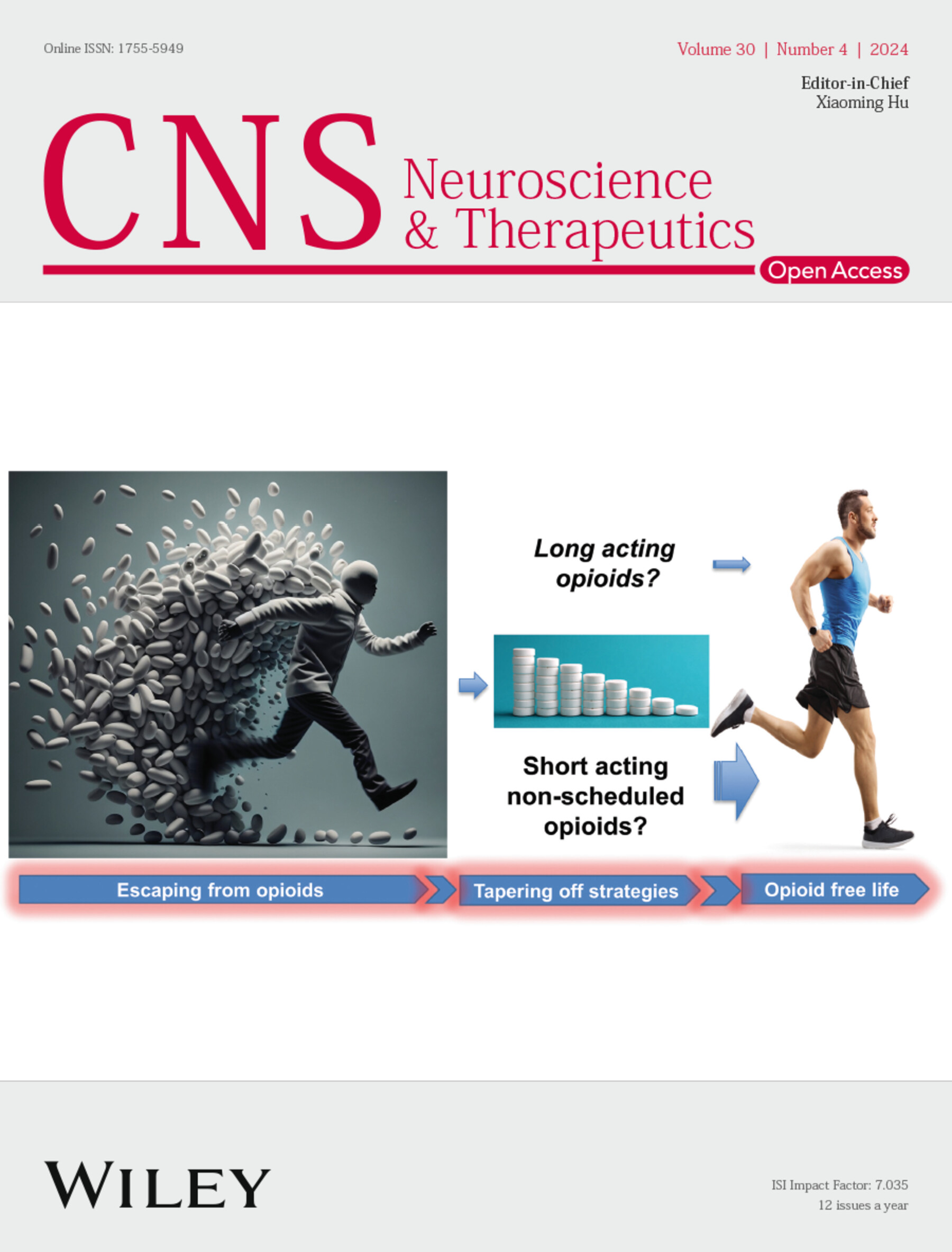S-Propargyl-Cysteine Attenuates Stroke Heterogeneity via Promoting Protective Autophagy Across Multiple Neural Cell Types: Insights From Single-Cell Sequencing
Abstract
Introduction
Stroke, predominantly ischemic, is a leading cause of mortality and disability worldwide. Despite advances in intervention strategies, effective treatments to mitigate neurological injury post-ischemic stroke remain limited. Hydrogen sulfide (H2S), a gas signaling molecule, has been implicated in neuroprotection, but its role in stroke is controversial. S-propargyl-cysteine (SPRC), an H2S donor, has shown great potential in protecting against neurological injuries, but its mechanisms in ischemic stroke are not fully understood. This study investigates the neuroprotective potential of SPRC and its mechanisms, focusing on the interplay between H2S and autophagy in modulating the cerebral microenvironment post-stroke.
Methods
We conducted a comprehensive single-cell RNA sequencing analysis on ischemic brain tissue to elucidate the cellular heterogeneity and specific responses related to H2S synthesis and autophagy. We utilized the GEO repository dataset GSE174574, applying stringent filtering and batch effect correction using the Harmony R package. Cellular subpopulations were identified using established markers, and H2S and autophagy scores were calculated using the JASMINE package. We also measured serum H2S levels, evaluated the pharmacodynamics of SPRC in rats, and constructed a cerebral ischemia–reperfusion (I/R) injury model to assess the neuroprotective effects of SPRC. Additionally, we examined the role of SPRC in CBS and 3-MST knockout mice to determine the dependency on these H2S synthetases.
Results
Our findings revealed a dysregulation in the expression of H2S and autophagy-related genes in central nervous system cells, particularly in neurons, following stroke. SPRC administration significantly improved neurological behavior, metabolic activity, reduced brain infarction size, and ameliorated ultrastructure changes in stroke-affected rats. Interestingly, SPRC continued to provide neuroprotection even after the knockdown of CBS and 3-MST, indicating a CBS/3-MST-independent mechanism. Furthermore, SPRC preserved the endogenous H2S level and strongly upregulated protective autophagy.
Conclusion
This study is the first to reveal the neuroprotection of SPRC in cerebral I/R injury in a classical enzymatic CBS/3-MST independent manner. The potential cellular and molecular mechanisms may rely on the promotion of SPRC to activated protective autophagy. Our results suggest that SPRC could be a promising therapeutic candidate for enhancing neuroprotection and modulating autophagy in ischemic stroke.


 求助内容:
求助内容: 应助结果提醒方式:
应助结果提醒方式:


